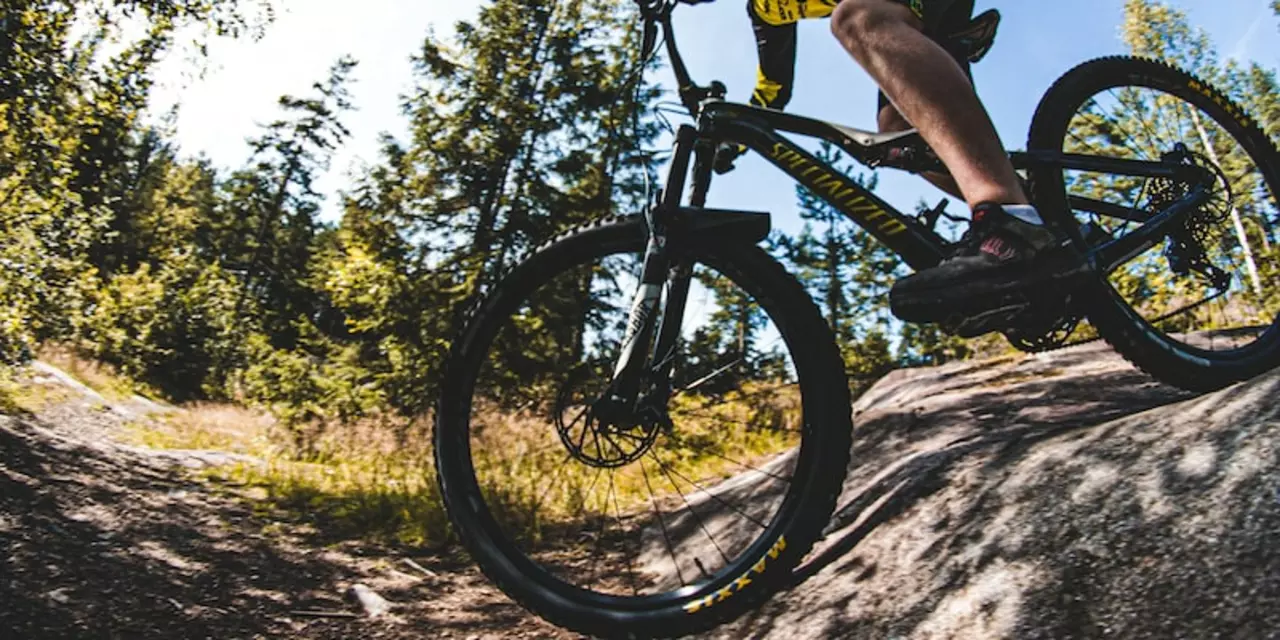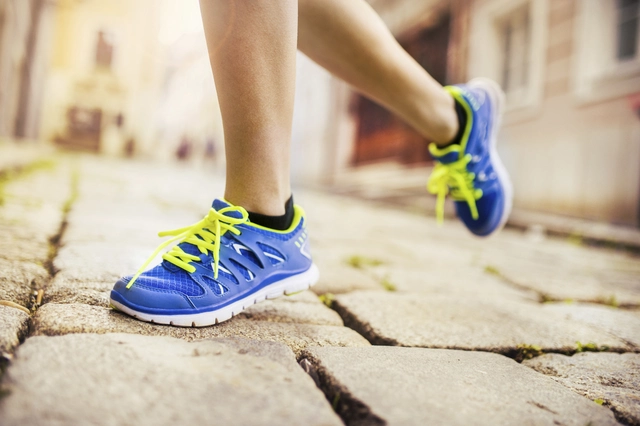Mountain Bikes: Beginner Tips, City Riding & Trail Fun
If you’ve ever watched a rider zip over rocks and thought, "I want to try that," you’re in the right place. Mountain bikes are built for rough ground, but that doesn’t mean they’re only for experts. You can ride them on a park trail, a forest path, or even the city streets around Skipton.
Getting Started on the Trail
First time on a trail feels like a burst of adrenaline mixed with a bit of nervousness. Start on a gentle fire‑road or a loose‑gravel path. Keep your weight centered, grip the handlebars lightly, and look where you want to go rather than at the obstacles.
Choose a bike that fits you. Stand over the frame; there should be a couple of inches of clearance. A bike with a front suspension (hardtail) is easier to control for beginners, while a full‑suspension bike offers more comfort on big drops.
Gear up with a helmet, sturdy shoes, and gloves. Gloves protect your palms and give better grip, which is handy when you’re learning to brake and shift at the same time.
Practice the basics on flat ground first: how to shift gears, how to use both brakes, and how to lift the front wheel a little (a controlled “wheelie”). Once you feel confident, try a short climb, then a short downhill. Remember, it’s okay to stop and walk your bike if a section feels too tricky.
Taking Your Mountain Bike into the City
Wondering if a mountain bike can handle a 20 km city ride? Absolutely. The wider tires give extra stability on wet or uneven pavement, and the sturdy frame can take the bumps of potholes.
Before you hit town, check your tire pressure. A little lower pressure than you’d use on a road bike improves comfort without slowing you down too much. Keep your gears clean and your chain lubed – city riding can fling grit onto the drivetrain.
Plan a route that mixes bike lanes, quiet streets, and maybe a park trail. Start at a comfortable pace, focusing on smooth pedal strokes. If the bike feels heavier than a road bike, use a slightly higher gear to maintain momentum on flat sections.
Safety is key in traffic. Use hand signals, stay visible with bright clothing, and keep your eyes on the road ahead, not just the bike. A mountain bike’s braking power works well in stop‑and‑go city traffic, but give yourself a little extra distance to stop.
After the ride, give the bike a quick wipe down. Mud from trail rides can leave residue that rusts bolts, while city dust can clog the chain. A simple clean keeps the bike ready for the next adventure.
Mountain biking isn’t limited to wild forests. Whether you’re chasing the rush of a rocky descent or cruising through town, the same bike can do both with a few adjustments. Start slow, keep your gear in good shape, and enjoy the freedom of riding wherever you want.

Are mountain bikes more durable than road bikes?
Mountain bikes are renowned for their durability, but road bikes can also be just as durable with the right maintenance. Mountain bikes have thicker frames, wider tires, and tougher components making them ideal for off-road use and for riders who want a bike that can handle a lot of abuse. Road bikes tend to be lighter and faster, but they also require more frequent maintenance and repairs due to their thinner frames and smaller tires. Both types of bikes can be just as durable, depending on how well they are maintained and how often they are used.
View More



